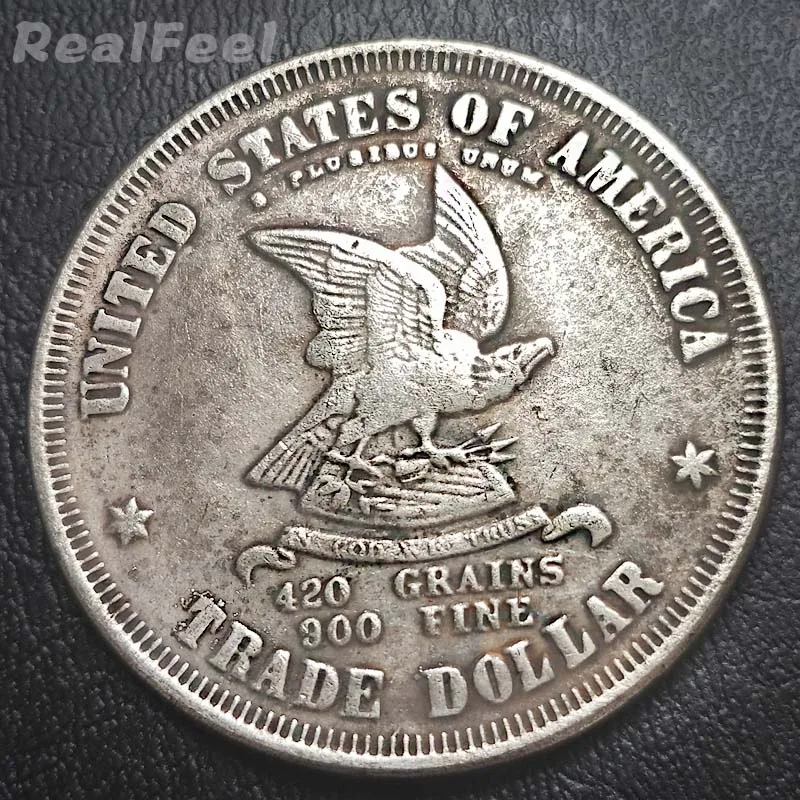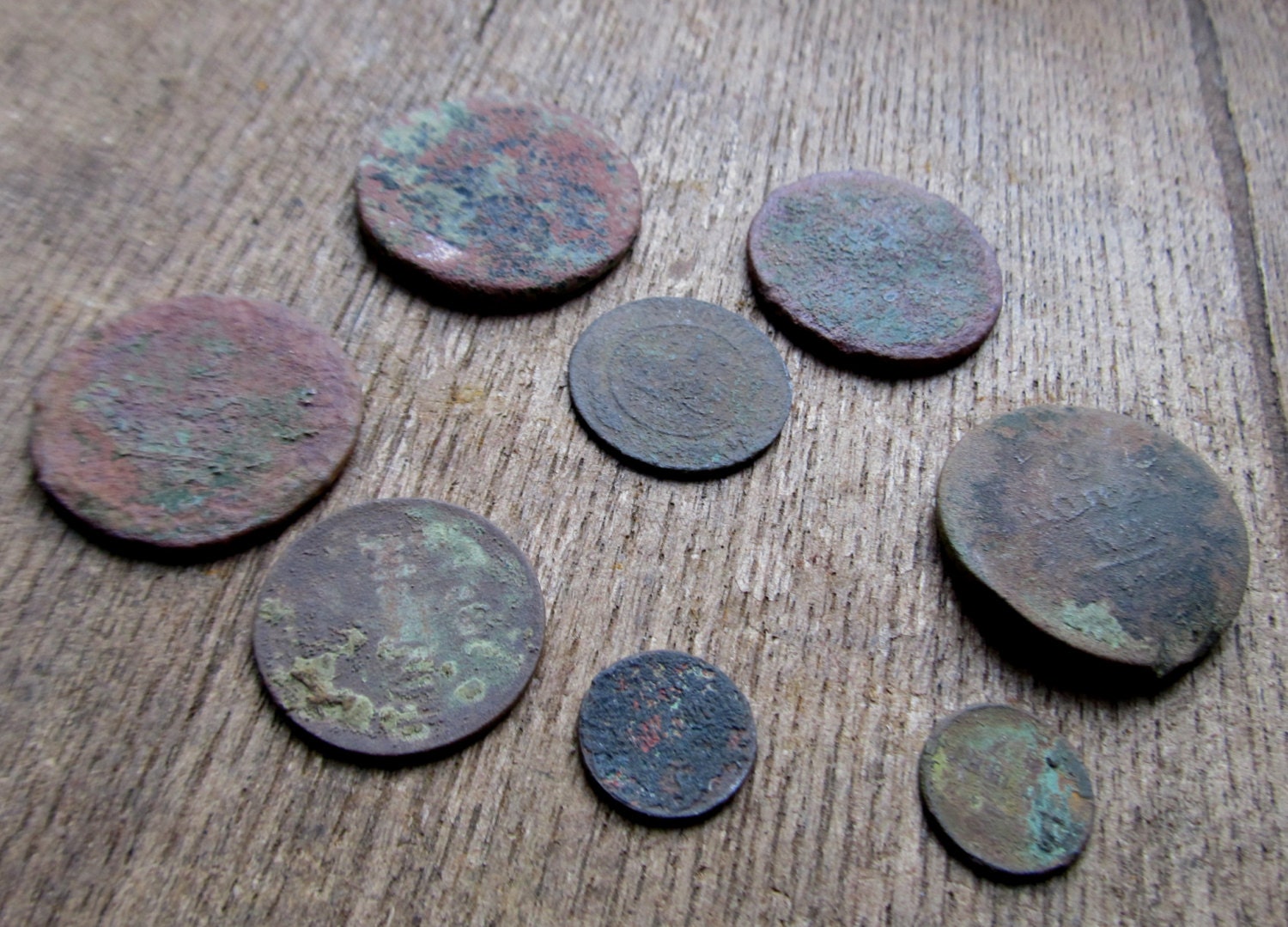

Antique copper coins how to#
Networking with other collectors has been an invaluable benefit to Yancey in that his now well-honed knowledge of how to grade the condition of genuine coins and spot insidious fakes. "I have been doing this long enough now that I feel like my hand is in every cookie jar and under every rock," he admits.Īs a member of the Early American Coppers, an organization of dedicated coin collectors which Yancey describes as "infected with the incurable 'early copper syndrome,’” traveling across the country to different conventions and regional meetings every year is a big part of supporting his collections, sales, and passion in copper coin-speak. He estimates that he has purchased and sold more than 10,000 of these early coppers to other like-minded coin enthusiasts in the last 15 years.Įstate auctions, antique shops, and from other collectors and dealers are the main routes Yancey uses for discovering the coins he adds to his supply. Today, Yancey sells rare coins through his website,, specializing in early American coppers, or large copper cents and half-cents minted between 17. "The most rewarding thing about coin collecting is that I have been able to turn my passion for coins into a business that supports my family," he says. Over the years, Yancey grew his enduring penchant for coin collecting into a thriving business while his former job in heavy duty truck sales began to take a hard hit with tumbling economic conditions. "It's not worth very much, maybe $20 or so, but to me, it is priceless," he says, now as a copper numismatist living in Springfield, MO. Yancey still has the first coin his grandfather gave him, a 1922 silver Peace Dollar. Shawn Yancey took his first introduction to coin collecting through his grandfather, a barber who gathered albums from the coins his clients used to pay him for haircuts and a clean shave.

SNG Cop 43 MacDonald 116 Cf.Antique copper coins. Beardless head of young Pan left, wreathed in ivy / ΠAN, bow and arrow (to right) above ethnic. SNG BM Black Sea 894 TYPE 3 (Nicer grade): Tauric Chersonesos, Pantikapaion. Head of young Pan left / ΠAN, bow and arrow. TYPE 2: Tauric Chersonesos, Pantikapaion. Reference citations: MacDonald 139 SNG BM Black Sea 920 Æ (Approximately 12mm) Laureate head of Apollo right / Π-A-N, bow in bowcase. TYPE 1: Tauric Chersonesos, Pantikapaion. Mythological creatures, such as griffins and Pegasus, also occurred on the coins of Paticapaeum in the 4 th and 3 rd centuries B.C.

The copper/bronze coins demonstrate much more diversity in reverse types including bulls, horses and fish corresponding to the peaceful, daily life of the inhabitants of the city, while the bow and arrow reflected their military activities. Most coins of Panticapaeum include the portrait or the iconography of the Greek god Pan as well as the Greek legend “ ΠAN”. Coins with the name of this city were minted for five hundred years, from 530 to 20 B.C.

Panticapaeum was known as a major stronghold of the Greek civilization on the North coast of the Black Sea. By the 480s it became a leader of a union of independent cities, and then served as the capital of the Bosporian kingdom. on the easternmost end of the Crimean peninsula. The city of Panticapaeum was founded by Miletians in the middle of the sixth century B.C.


 0 kommentar(er)
0 kommentar(er)
